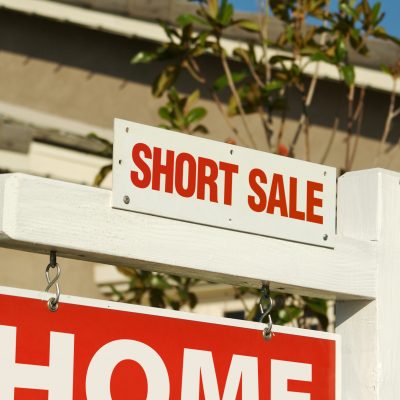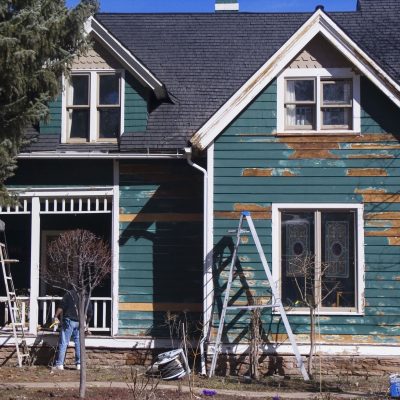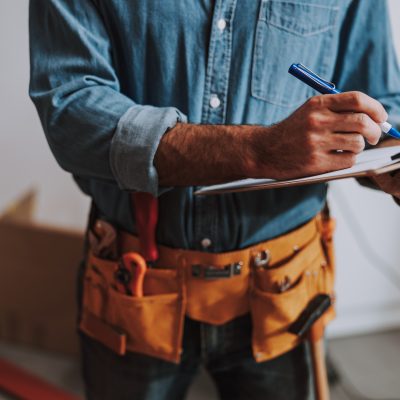Buying a House in Foreclosure – What Kind of Loan Can I Use?
Buying a house in foreclosure is not as easy as it used to be especially in prime areas as you could be competing with real estate sharks who buy homes, remodel, and flip them at a huge profit. Sometimes these real estate moguls can even bid for properties to build a huge portfolio of assets in anticipation of a boom especially in growing cities like Austin TX, Miami FL, or Atlanta, GA to mention a few.
Therefore, if you are not able to afford cash auctions, you must seek a letter of offer for different types of loans so that your bid offer can be taken seriously. This will enable you to enter into a legally binding agreement of course with an exit clause to absorb you off any liability in case your loan is rejected at some point later due to an unforeseen circumstance. However, this scenario is highly unlikely if you deal with reputable firms.
To get you started, below are the different types of loans that you can apply for foreclosures.
1. Bank loans
Foreclosed homes are sold below market rates and if you get approved for a loan for buying a house in foreclosure, you should go for it. With a considerably shorter period such as 84 months, you can soon repay the loan and be a new property owner.
If you have a credit score of more than 820, you may get a competitive annual percentage rate especially if your long- and medium-term prospects are positive such as a stable career inelastic to economic shocks like a Federal government employee. Further, financial risk management measures such as life insurance, medical cover, and other critical indemnity insurances for self and dependents may reflect well on your creditworthiness profile.
Once you demonstrate that you satisfy all the conditions, the bank can offer to provide a loan once the property title is transferred to you. The benefit of a bank loan is that you don’t need the standard out-of-pocket 20% down payment and the money can be wired to your account within 24 hours after approval.
2. FHA 203k rehab Loan
Sometimes, a home being foreclosed may not be in good condition and therefore a bank or mortgage originator may deem the purchase too risky to finance as you could end up getting entangled in a debt trap and eventually default in loan repayment.
If you are in such a scenario, the FHA 203k rehab loan is ideal if you are buying a house in foreclosure where repairs are necessary before you move in. This type of loan is backed by the Federal Housing Administration (FHA) which insures loan originators to protect them from the risks of lending for non-profit-driven social courses. Some of the major banks offering this loan are Bank of America and Wells Fargo.
However, there are some limitations of the FHA 203k rehab loans as follows: –
- Repair costs are capped at $35,000.
- There is a down payment of 3.5% of the total loan value (Foreclosure offer + Repair costs).
- The damages must not be below some pre-determined threshold for livability and safety.
- The repair estimates must be professionally appraised and corrected and you pay the costs out of pocket.
- DIY projects are not permitted.
Nevertheless, the terms are ideal as with a credit score of as low as 580 or 640 for some banks you can qualify for the loan at low-interest rates since this is a Federal government-backed social project. The option of an FHA 203k rehab loan refinancing is also on the table if you purchased a foreclosed property only to discover that repair costs run up to thousands of dollars that you can’t afford.
3. Mortgage application
Mortgages are an ideal option for buying a house in foreclosure as the long repayment period and the low prices mean that you may be paying a few hundred dollars a month or a relatable lower amount because of the long repayment period, unlike bank loans that may be capped to below 8 or 10 years.
The first stage is when you get pre-approved for a mortgage. For most mortgage originators, you must have a credit score of at least 720, and the higher score the better. Additionally, you must be ready to pay the 20% mortgage down payment. However, if you fall outside these criteria, you should request your mortgage originator to offer you a Fannie Mae or Freddie Mac-backed mortgage.
Fannie Mae stands for Federal National Mortgage Association while Freddie Mac stands for Federal Home Loan Mortgage Corporation. These are Government Sponsored Enterprises (GSEs) that buy mortgages from banks and credit unions to enable them to advance more mortgages to many borrowers who may have otherwise been excluded. With most both institutions having similar objectives of bringing stability and affordability in the mortgage market, Fannie Mae is designed to serve established big lenders while Freddie Mac mainly serves small mortgage originators.
The following are the conditions for a Fannie Mae/Freddie Mac mortgage-backed loan; –
- Down payment as low as 3%
- Repayment period of up to 30 years
- A maximum debt-to-income ratio of 45%
- A credit score of 620 – 660
- Proven two years of stable employment of income
- Favorable for a first-time homebuyer (FTB) defined as not having owned any property within the last 3 years
Most importantly, you can still get a mortgage with no money down payment as the 3% requirement can be repackaged as a gift to you. Additionally, Fannie Mae offers a HomeStyle program that is modeled like the FHA 230K rehab loan if you buy a foreclosure home in need of repairs subject to terms and conditions.
4. Equity loans
If you have a property already and your property equity is high, you can weigh your options and consider home equity loans where your equity is used to secure the credit that you are taking. If you have high equity, your credit score must be correspondingly excellent to consequently give you better terms and conditions.
Another type of equity loan is mortgage refinancing. However, you should be cognizant of the fact that a refinance may fail to yield real cash-out benefits if closing costs and the interest rates elongate the break-even period.





